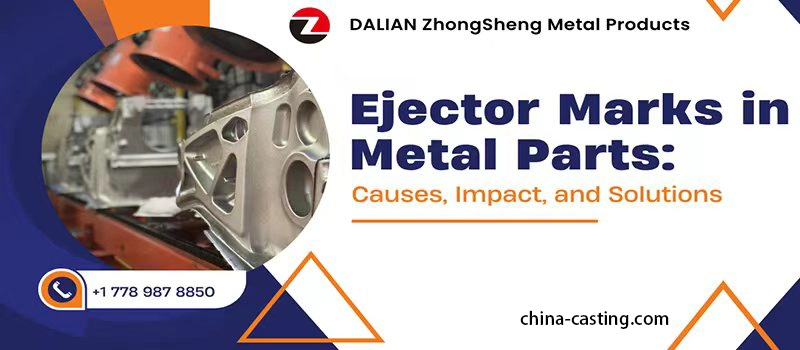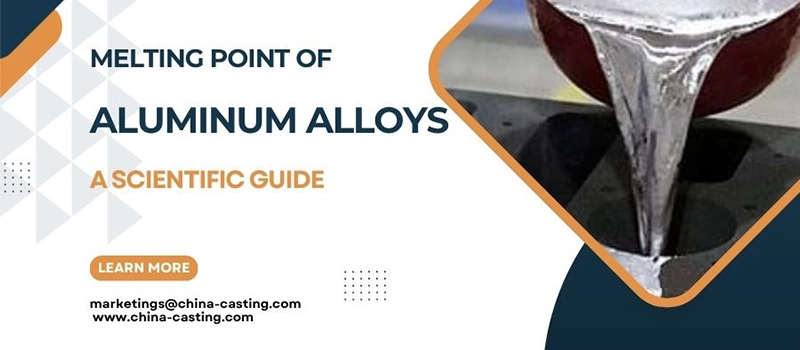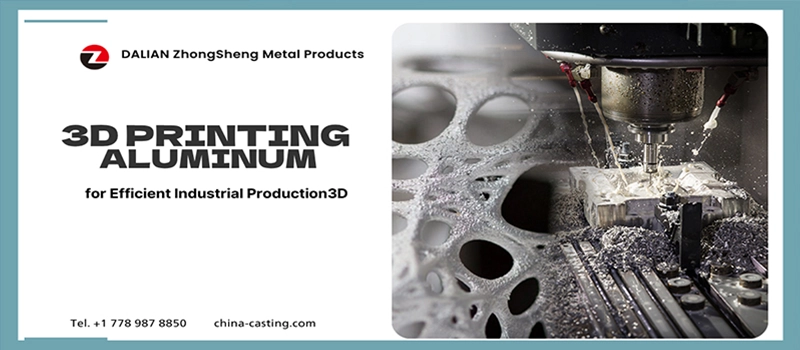Magnesium Alloy AZ91D has become one of the most sought-after materials in modern casting, offering manufacturers the perfect combination of light weight, strength, and corrosion resistance. Yet, many engineers and production managers still struggle to find materials that meet strict performance standards while remaining cost-efficient. Issues like casting defects, excess weight, and poor machinability often limit production efficiency and drive up costs.
These challenges are common in industries where precision, durability, and mass reduction matter most — such as automotive, aerospace, and heavy machinery. Choosing the wrong alloy can result in increased energy consumption, higher maintenance costs, and reduced component lifespan. That’s where Magnesium Alloy AZ91D makes a difference.
Magnesium Alloy AZ91D solves the weight and performance problem that traditional metals like aluminum and steel can’t.
With its superior castability, high strength-to-weight ratio, and excellent corrosion resistance, this alloy has become a preferred choice for die-cast components in demanding industrial environments. From complex housing structures to lightweight brackets and covers, Magnesium Alloy AZ91D combines efficiency with mechanical precision.
What Is Magnesium Alloy AZ91D?
Magnesium alloy AZ91D is a high-performance, die-cast magnesium alloy known for its exceptional balance of strength, lightness, corrosion resistance, and cost-efficiency. It belongs to the AZ series of magnesium alloys, where “A” stands for aluminum and “Z” stands for zinc — the two primary alloying elements. The number “91” indicates an approximate composition of 9% aluminum and 1% zinc, and the letter “D” designates a specific variant of the alloy optimized for pressure die casting.
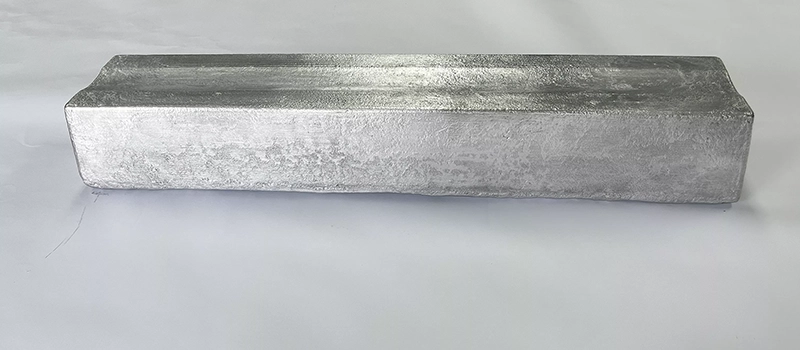
This alloy is not an experimental material. AZ91D is a proven industrial standard, widely used across the automotive, aerospace, consumer electronics, and general machinery sectors. Its popularity stems from a rare combination of qualities: light weight, good mechanical strength, and superior castability, which is critical for achieving complex shapes and thin-wall sections in high-volume manufacturing.
At our production facility, we’ve worked with AZ91D extensively. We’ve seen firsthand how it outperforms alternative materials — particularly aluminum alloys — when weight reduction is essential without compromising structural integrity. Its density is approximately 1.81 g/cm³, which is roughly 33% lighter than aluminum and 75% lighter than steel. This makes it especially valuable in transportation sectors, where every gram matters.
What’s also important is its thermal conductivity, which makes it suitable for components that experience high heat loads — such as transmission housings, engine covers, or heat sinks in electronics. And although pure magnesium is reactive, AZ91D offers a well-balanced corrosion resistance, especially when properly treated with coatings like anodizing or conversion layers.
From a metallurgical standpoint, AZ91D is a single-phase α-magnesium matrix with finely distributed β-phase (Mg17Al12). This structure contributes to both its casting behavior and mechanical stability. It offers a yield strength in the range of 160–190 MPa and tensile strength up to 230 MPa, depending on process control and post-treatment.
If you’re designing complex parts where traditional metals would add too much weight — or where casting precision is non-negotiable — AZ91D deserves your full attention.
Need Help? We’re Here for You!
Magnesium Alloy AZ91D Material Properties and Composition
When selecting a casting alloy, precise understanding of the material’s composition and mechanical behavior is essential. Magnesium Alloy AZ91D is specifically engineered for high-pressure die casting and has been widely adopted because of its optimized balance of strength, castability, and corrosion resistance. It is the most commonly used magnesium alloy in the world — and for good reason.
🔬 Chemical Composition
AZ91D belongs to the aluminum-zinc-based family of magnesium alloys. Its nominal composition includes:
- Aluminum (Al): 8.3% – 9.7%
- Zinc (Zn): 0.35% – 1.0%
- Manganese (Mn): 0.15% – 0.5%
- Magnesium (Mg): Balance (~89%)
- Other elements: Trace amounts of silicon, copper, nickel, and iron (strictly controlled to maintain corrosion resistance)
This combination forms a two-phase microstructure:
- α-phase (primary magnesium matrix)
- β-phase (Mg₁₇Al₁₂ intermetallic compound)
The aluminum provides strength and castability, zinc improves fluidity, and manganese serves to refine the grain structure and neutralize harmful impurities. This microstructure contributes directly to AZ91D’s high dimensional stability and resistance to hot tearing during casting.
🛡️ Corrosion Resistance
AZ91D has good inherent corrosion resistance — superior to many other magnesium alloys — due to its low content of iron, copper, and nickel, which are typically corrosive contaminants in magnesium matrices.
However, like all magnesium alloys, AZ91D benefits from protective surface treatment. Chromate conversion coatings, anodizing, or modern trivalent chromium systems are often used to significantly improve corrosion resistance in marine or humid environments.

🔧 Dimensional Stability and Machinability
Magnesium Alloy AZ91D also exhibits excellent dimensional stability, particularly under cyclic thermal loads. It holds tight tolerances in high-precision parts and is easy to machine using standard tools, producing short chips and low cutting forces — reducing tool wear and improving throughput in CNC machining processes.
That’s why Magnesium Alloy AZ91D is trusted by OEMs and suppliers around the world for components like engine blocks, housings, brackets, and complex die-cast geometries that require reliable tolerances and minimal post-processing.
Why Magnesium Alloy AZ91D Is Popular in Industrial Casting
In high-volume manufacturing environments, particularly where precision, performance, and lightweight design are required, Magnesium Alloy AZ91D consistently ranks among the top choices for casting. Its popularity is not the result of a marketing trend — it is rooted in solid metallurgical performance and decades of proven results across global industries.
✅ Superior Castability
One of the most critical reasons Magnesium Alloy AZ91D is favored in industrial casting is its exceptional castability. It flows well into intricate molds, fills thin-wall sections with ease, and maintains good dimensional accuracy with minimal porosity. This makes it particularly advantageous in high-pressure die casting, where fast cycle times and detailed geometries are required.
AZ91D also exhibits low shrinkage and good resistance to hot tearing, reducing the likelihood of casting defects — a critical factor for automotive and aerospace suppliers under strict quality control standards.
Need Help? We’re Here for You!
✅ Lightweight Performance with Structural Strength
With a density of just 1.81 g/cm³, Magnesium Alloy AZ91D is one of the lightest structural metals available. Compared to aluminum alloys (typically ~2.7 g/cm³) or steel (~7.8 g/cm³), the weight savings are substantial — up to 33% lighter than aluminum and over 75% lighter than steel. For industries focused on fuel efficiency, payload optimization, or mobility, this weight reduction translates directly into performance and cost advantages.
Despite its low weight, AZ91D delivers tensile strengths of up to 230 MPa and a yield strength in the range of 160–190 MPa. These mechanical properties allow engineers to reduce component mass without compromising on safety or rigidity.
✅ Excellent Corrosion Resistance with Surface Treatments
Among die-cast magnesium alloys, AZ91D offers superior corrosion resistance — particularly when compared to earlier AZ and AM series materials. Its carefully controlled impurity levels (especially low iron, copper, and nickel content) help it resist galvanic corrosion in wet or humid environments.
When enhanced with chromate coatings, anodizing, or polymer finishes, AZ91D parts achieve excellent long-term durability, making them suitable for both indoor and outdoor applications, even in marine or automotive underbody environments.
Magnesium Alloy AZ91D is ideally suited for mass production due to its short solidification time, low melting point (~595°C), and compatibility with existing aluminum casting equipment. This makes it a cost-effective upgrade for foundries looking to transition from aluminum to magnesium with minimal retooling.
Its machinability is another plus: AZ91D cuts cleanly with minimal burring, produces less tool wear, and allows for tighter tolerance machining with faster throughput. This significantly reduces secondary processing time and cost.
✅ Lower Energy Consumption in Processing
Due to its lower melting point and lower density, AZ91D consumes less energy during melting and casting compared to aluminum or steel. For manufacturers focused on sustainability or compliance with energy-reduction goals, this represents a clear operational advantage.
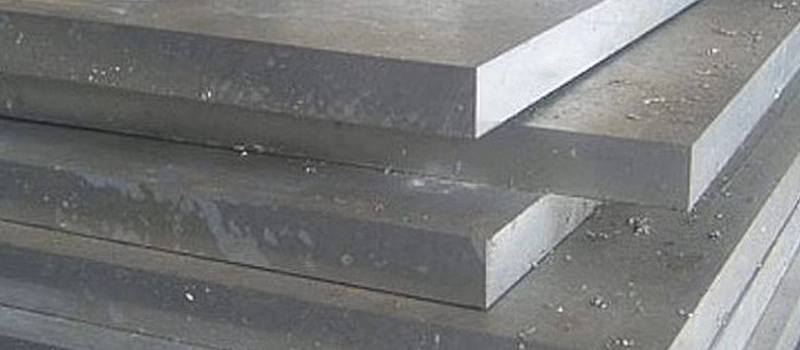
✅ Regulatory and Environmental Compliance
AZ91D is RoHS and REACH compliant, and fully compatible with modern, eco-friendly surface finishing systems. It is also accepted under EU regulations, making it suitable for companies exporting to Europe — especially with CE marking and proper GPSR/EU rep certification in place.
AZ91D vs Aluminum Magnesium Alloy: Which One Is Better?
When selecting a lightweight structural material, the most common question we hear is:
“Should we use magnesium alloy AZ91D or an aluminum magnesium alloy?”
Both materials are strong contenders in industries such as automotive, aerospace, and electronics. However, while they may appear similar on paper, their performance, processing requirements, and cost implications can be quite different.
⚖️ Weight and Density
Magnesium Alloy AZ91D is significantly lighter than any aluminum alloy — with a density of 1.81 g/cm³, compared to approximately 2.7 g/cm³ for aluminum-magnesium alloys (e.g., 5052, 6061). This difference of nearly 33% in mass reduction makes AZ91D the clear choice for weight-sensitive applications such as:
- Automotive transmission housings
- Aerospace brackets and frames
- Portable electronic enclosures
- Drone components and robotics
In applications where every gram matters, such as EV battery platforms or UAV systems, AZ91D provides a critical weight advantage.
🔩 Mechanical Strength
Here’s where the distinction becomes more application-specific. Aluminum magnesium alloys (especially 5xxx and 6xxx series) offer higher tensile strength in wrought or heat-treated forms. However, for die-cast applications, AZ91D holds its own — delivering tensile strength up to 230 MPa and yield strength of 160–190 MPa, which is sufficient for most structural and housing applications.
Moreover, AZ91D shows superior performance in vibration damping, shock absorption, and thermal expansion consistency, which are critical in engine bay components or housing systems where stress fluctuation is common.
🏭 Casting Behavior and Manufacturability
When it comes to casting performance, Magnesium Alloy AZ91D is generally easier to process than aluminum magnesium alloys.
- Lower melting point: AZ91D melts at ~595°C, reducing energy consumption.
- Better fluidity: It fills complex molds more effectively.
- Faster solidification time: Higher cycle rates and improved productivity.
- Less tool wear in machining: Magnesium cuts cleaner than aluminum, extending tool life.
In contrast, aluminum-magnesium alloys, though strong, often require more intricate temperature and mold control, particularly for thin-wall sections, and tend to shrink more during cooling, increasing the risk of internal porosity or dimensional deviations.
🌊 Corrosion Resistance
On its own, aluminum magnesium alloys generally have better atmospheric corrosion resistance, particularly in marine environments. However, when treated with proper coatings, AZ91D matches — and sometimes exceeds — aluminum’s performance.
We often apply:
- Chromate conversion coatings
- Trivalent chromium passivation
- Anodizing and painting systems
These protect AZ91D parts from pitting and galvanic corrosion, especially in underbody or high-humidity environments.

🔧 Machinability and Surface Finish
Both materials offer good machinability, but AZ91D has a notable edge:
- Generates less heat during cutting
- Short, curled chips reduce risk of tangling or surface scratching
- Smooth surface finish with fewer post-processing steps
- Compatible with CNC milling, drilling, and tapping without special coatings on tools
✅ Conclusion: Which is Better?
Use Magnesium Alloy AZ91D if your top priorities are:
- Weight reduction
- Fast, cost-efficient casting
- Good mechanical properties with surface treatment
- High throughput and dimensional stability
Use aluminum magnesium alloy if:
- Strength is more important than weight
- Exposure to extreme marine environments is constant
- Your manufacturing is optimized for aluminum-specific tooling
Ultimately, AZ91D offers the most well-rounded package for manufacturers seeking performance, productivity, and cost efficiency in lightweight casting.
Automotive and Aerospace Uses of Magnesium Alloy AZ91D
Magnesium Alloy AZ91D is widely adopted in both the automotive and aerospace industries due to its lightweight structure, high castability, and solid mechanical strength.
🚗 Automotive Applications
In automotive design, weight reduction improves fuel efficiency, extends EV range, and helps meet global emissions standards. That’s why AZ91D is used in:
- Transmission housings
- Seat frames and brackets
- Instrument panel supports
- Engine covers and HVAC components
Its vibration damping, thermal conductivity, and compatibility with high-pressure die casting make it ideal for high-volume, precision production.
✈️ Aerospace Applications
In aerospace, where every gram matters, AZ91D supports lightweighting without compromising strength. It’s found in:
- Seat frame structures
- Avionics enclosures
- Brackets and mounting plates
- Satellite and drone components
AZ91D offers tight dimensional tolerances, EMI shielding, and performance under thermal cycling — essential for flight systems.
🌐 Why AZ91D Is the Right Fit
Both sectors rely on AZ91D to:
- Reduce mass
- Maintain part integrity
- Improve manufacturing efficiency
- Meet global sustainability regulations
It’s also fully compatible with REACH, RoHS, and EU CE-marking requirements when supported by proper certification.
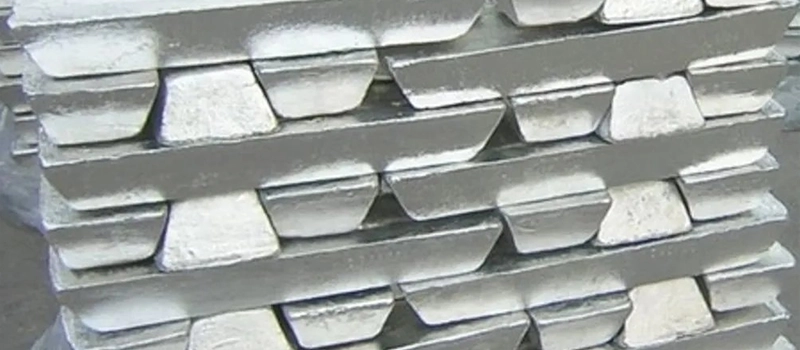
Castability and Machinability of AZ91D
Magnesium Alloy AZ91D is engineered for die casting, and it’s one of the best performers in terms of casting fluidity, thin-wall precision, and overall process efficiency. In foundry operations where quality and cycle time are mission-critical, AZ91D has become a reliable standard.
🏭 Exceptional Castability
AZ91D is widely used in high-pressure die casting (HPDC) due to its:
- Excellent fluidity — ideal for complex molds
- Low solidification shrinkage — reduces internal porosity
- Good resistance to hot cracking
- Fast cooling and solidification — supports high-volume output
These characteristics make it suitable for thin-walled, net-shape parts with tight tolerances and fine surface finishes. It can replace aluminum alloys in many cast components — with shorter cycle times and reduced part weight.
🧰 Efficient Machinability
Once cast, AZ91D is also known for being easy to machine, with key benefits including:
- Low cutting forces — reduces tool wear
- Short, manageable chips — easier chip evacuation
- Excellent surface finish — minimal post-processing
- Compatible with standard carbide tools — no special equipment required
Its thermal conductivity also allows AZ91D to dissipate machining heat quickly, minimizing the risk of thermal distortion during operations.
💡 Foundry and Production Insights
- Melting point: ~595°C
- Die temperature range: 200–300°C
- Casting method compatibility: HPDC, gravity casting (for low-pressure applications)
- Tool life: Longer than aluminum in CNC operations due to lower abrasion
These benefits translate to lower per-unit costs, fewer casting defects, and faster production cycles — exactly what mass-production environments demand.
Need Help? We’re Here for You!
Conclusion
Magnesium Alloy AZ91D has rightfully earned its position as one of the most widely used and trusted casting materials in modern industry. With its superior strength-to-weight ratio, excellent castability, and reliable corrosion resistance, it provides manufacturers with a clear performance and cost advantage — especially in automotive, aerospace, and precision engineering applications.
From reducing vehicle weight and improving thermal management, to enabling faster casting cycles and lower machining costs, AZ91D is not just a material — it’s a competitive edge.
If you’re sourcing lightweight, high-performance parts or planning to optimize your casting process, Magnesium Alloy AZ91D is a proven solution worth investing in.


